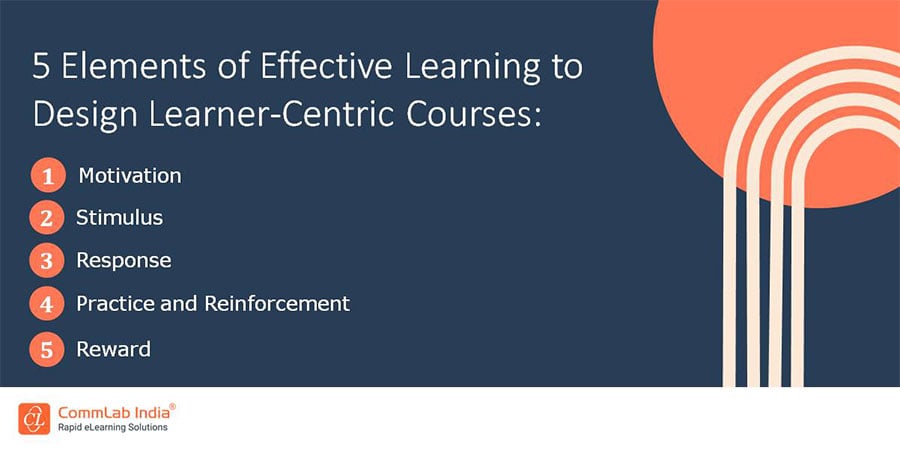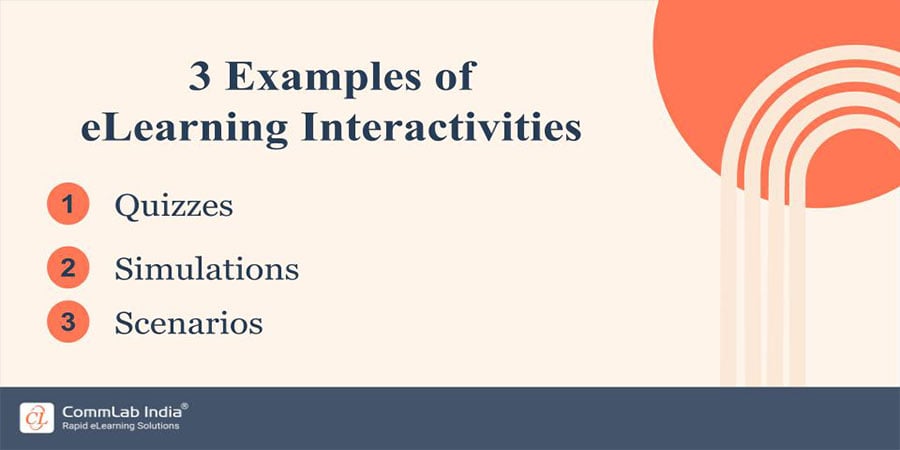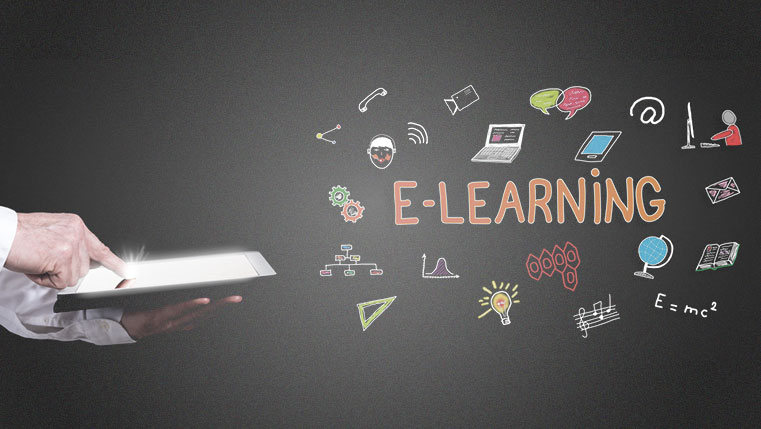5 Best Practices in eLearning Design and Development

As the saying goes, “Rome was not built in a day,” we can say the same for eLearning design and development. The process of creating effective eLearning courses requires time, effort, and resources, but the end result can be truly transformative for both learners and organizations alike.
In today’s fast-paced and constantly evolving workplace, eLearning has become an increasingly popular method for delivering training and upskilling employees. Not only does it offer you greater flexibility and accessibility, but also has the potential to deliver a higher return on investment (ROI) than traditional training methods.
eLearning Design and Development at Its Best!
Follow these best practices to ensure that:
- Focus on learner-centered design
- Use multimedia elements
- Ensure accessibility
- Incorporate feedback and assessment
- Continuously evaluate and update
However, designing and developing eLearning courses that are engaging, informative, and effective can be a complex and challenging task. To ensure a positive ROI, it’s essential to follow best practices in eLearning design and development.
5 Best Practices in eLearning Design and Development
Focus on Learner-Centered Design
Design effective eLearning courses with the learner in mind. That’s correct! Try to understand their needs, preferences, and learning styles, and tailor the course content and delivery accordingly. And to design, you should use graphics, a user-friendly interface, real-life scenarios, and examples to contextualize learning.
→ Download Now: Instructional Design 101
This will foster learner choice and autonomy in selecting the pace, order, or path of learning and can help to increase engagement and motivation among learners, thereby improving the effectiveness of the corporate training. Check out the infographic below to know elements for designing effective, learning-centric eLearning courses.

Use Multimedia Elements
Learner engagement is the key to desirable positive learning outcomes. And to ensure that, include a variety of multimedia elements in your eLearning courses. You can use multimedia elements such as videos, audio, images, games, animations, and interactive exercises.
Furthermore, to keep your learners engaged and help them reinforce key concepts you can leverage eLearning interactivities that promote active learning. Check out the infographic below to know examples of eLearning interactivities.

With that said, make sure the multimedia elements are functional, accessible, and understandable. These aspects will help you augment the learner experience and improve the training ROI.
Ensure Accessibility
eLearning courses should be accessible to all learners, regardless of the time or location differences. For this, you need to design eLearning courses that are compatible with assistive technologies and follow accessibility guidelines. Pay attention to the responsive design element to facilitate a hassle-free learning experience for the employees.
Another point that you should keep in mind is to optimize the complete course, from images to text to multimedia for accessibility. This will enable you to curtail the potential barriers to accessibility and help your learners achieve their learning objectives and succeed in the training program.
Incorporate Feedback and Assessment
I’m sure you’d agree that providing regular feedback to learners and conducting regular assessments can significantly enhance the retention of key information and reinforce learning. Therefore, incorporating assessments and providing feedback to your learners is integral to successful corporate training. It is important to offer timely and specific feedback to learners, which helps them to gain insight into their strengths and areas for improvement.
Apart from that, you can utilize eLearning assessments as opportunities for learners to demonstrate their learning, and receiving feedback can have a positive impact on their self-awareness, motivation, and engagement in the learning process. Therefore, by adopting this approach, learners can become active participants in their own learning journey, resulting in better outcomes and a deeper understanding of the subject matter.
Continuously Evaluate and Update
Like they say the proof of the pudding is in the eating. Similarly the success of corporate training is known via continuous evaluation. It’s important to continuously evaluate the effectiveness of your eLearning courses and make updates and improvements as needed. It will help you ensure that your training material continues to provide relevant information to the learner and ensure a positive training ROI. Check out the video below to know how using LMS can work wonders in augmenting your training ROI.
So to continuously evaluate and update your training courses, you need to regularly review and modify your course content to ensure that it aligns with your learning goals and objectives. You can also solicit feedback from learners, instructors, and other stakeholders to identify areas for improvement and implement changes as needed. This helps you ensure that your eLearning courses stay relevant, effective, and engaging even over long periods of time.
Parting Thoughts!
eLearning design and development requires a good hard look to ensure effective training courses. Missing out on even the smallest element can reduce the overall impact of your corporate training. But don’t worry! Just remember the best practices discussed in this blog and you’re good to go! And here’s a useful instructional design guide for you. Check it out right away!





